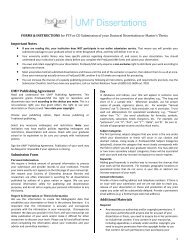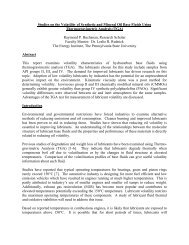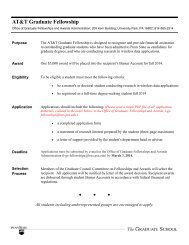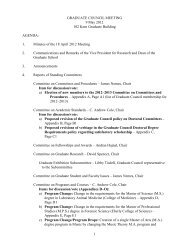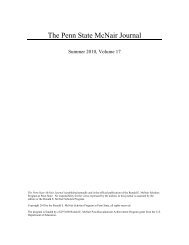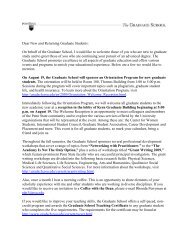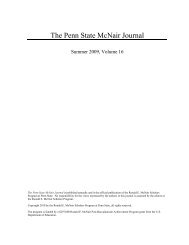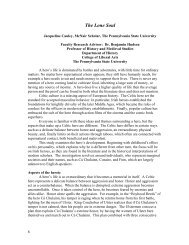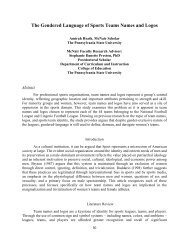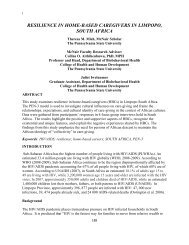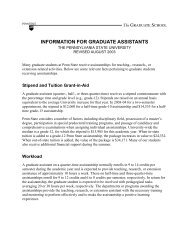bubble pump modeling for solar hot water heater system design
bubble pump modeling for solar hot water heater system design
bubble pump modeling for solar hot water heater system design
Create successful ePaper yourself
Turn your PDF publications into a flip-book with our unique Google optimized e-Paper software.
The homogeneous density follows from this equation after substituting <strong>for</strong> the Areas at state 0<br />
and state 1:<br />
A o<br />
V<br />
[8]<br />
TP<br />
2<br />
L 0<br />
2<br />
A1<br />
V1<br />
At this point, the two-phase flow terminology from Table 1 is needed to proceed because the<br />
flow in the lift tube is most clearly defined in these terms. The definitions of superficial<br />
velocities and void fraction can be related to the terminology used thus far.<br />
Since states 0 and 1 are under liquid conditions:<br />
V<br />
0<br />
QL<br />
[9]<br />
A<br />
0<br />
While the definition of the superficial liquid velocity, j L is:<br />
There<strong>for</strong>e:<br />
1<br />
QL<br />
jL [10]<br />
A<br />
Q<br />
V1<br />
[11]<br />
A<br />
Additionally, state 2 has two phases, but V 2 still describes the total average velocity of the<br />
mixture:<br />
V<br />
2<br />
QL<br />
QG<br />
Q<br />
<br />
[12]<br />
A A<br />
2<br />
This is precisely the definition of j. There<strong>for</strong>e:<br />
V2 j<br />
[13]<br />
It follows from equations [11] and [13] that:<br />
A <br />
V <br />
<br />
<br />
2<br />
V1<br />
j jL [14]<br />
A0<br />
<br />
Also, the void fraction is defined as the average cross sectional area occupied by the gas divided<br />
by the total cross sectional area of the pipe.<br />
There<strong>for</strong>e:<br />
178



